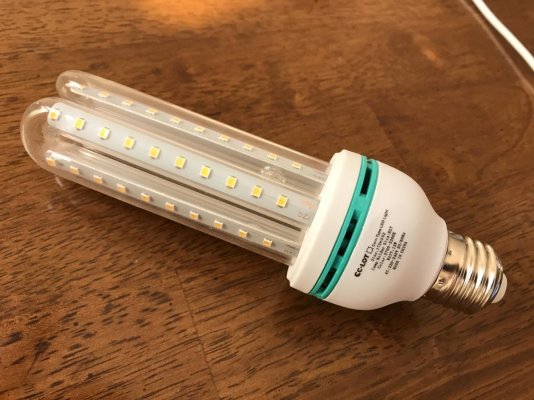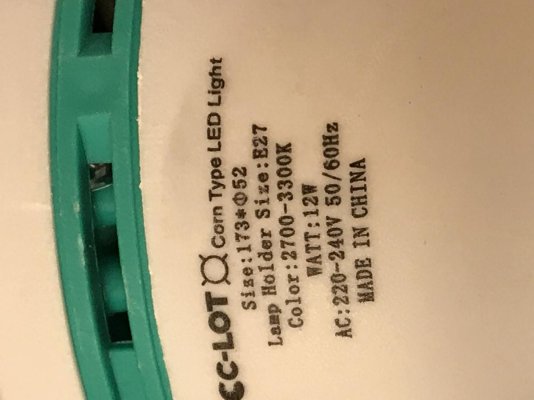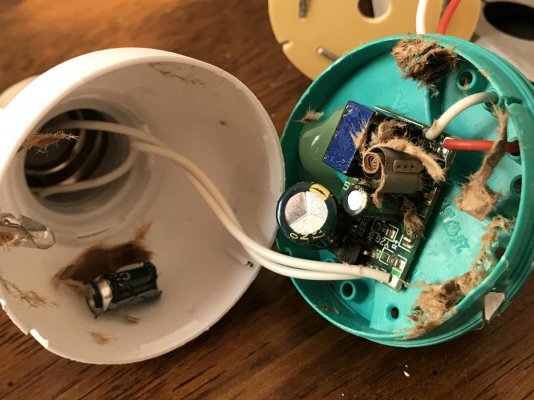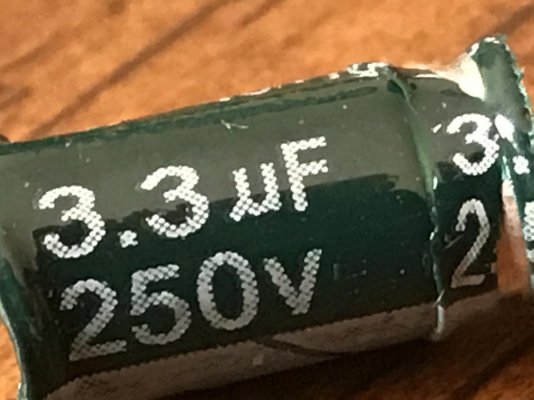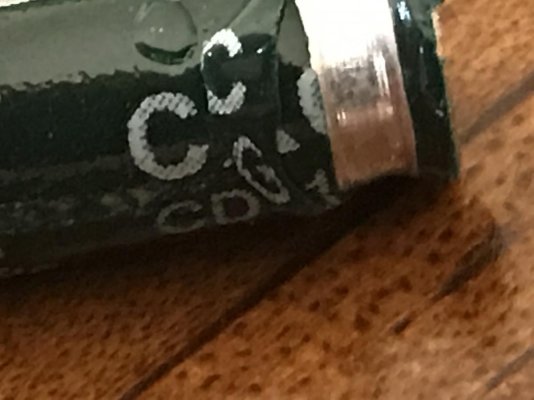ssobol
Guru
- Joined
- Mar 12, 2015
- Messages
- 1,229
- Location
- United States
- Vessel Name
- Sobelle
- Vessel Make
- C-Dory 22 Cruiser
Greetings,
Mr. S. I was in FLL at the time and really didn't have a mailing/delivery address so I went to a retail outlet. https://www.apollolighting.com/
NOT cheap but I got a roll (can't remember length) of self adhesive LED strip (I think I had a choice of temperatures) and enough end connectors to do...Aw SNAP. Can't remember anything other than these are the people I bought from. Very nice people to deal with.
But how do you know that the Apollo lights aren't cheap Chinese LEDS costing pennies just put in a nice package with a very high mark up? My guess is that most (all?) of the Apollo lights are made in China.

